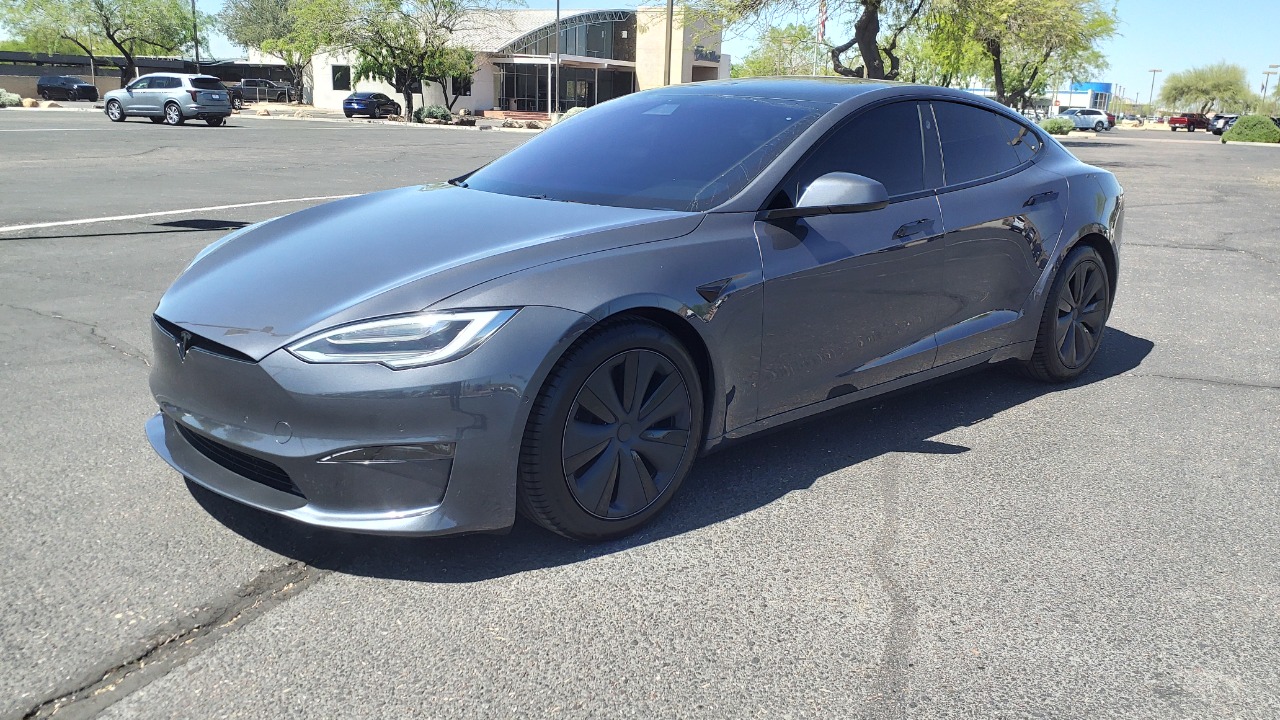
Tesla has recently unveiled a new feature within its Full Self-Driving (FSD) system that has sparked controversy in the automotive world. This feature, known as ‘Mad Max’ mode, allows Tesla vehicles to ignore speed limits, potentially leading to faster travel times. However, this innovative approach to autonomous driving has also raised concerns about road safety, with critics labeling it as a form of reckless driving.
What is Mad Max Mode?
The ‘Mad Max’ mode is a unique feature within Tesla’s Full Self-Driving (FSD) system. It is designed to prioritize speed over adherence to speed limits, potentially enabling Tesla vehicles to travel at higher speeds under various conditions. This mode is a testament to Tesla’s commitment to pushing the boundaries of autonomous driving, but it also raises questions about the balance between innovation and safety. The name ‘Mad Max’ itself, borrowed from the popular media franchise known for its high-speed, rule-breaking driving, signals the aggressive nature of this feature.
Reintroduction of the Feature
Tesla reintroduced the ‘Mad Max’ mode as part of a recent software update to its FSD system. The feature was first introduced in earlier versions of the FSD system, but was removed due to concerns about safety and regulatory compliance. However, Tesla has decided to bring back the feature, citing user demand for more options in autonomous travel. The reintroduction of ‘Mad Max’ mode represents a significant step in Tesla’s ongoing development of self-driving technologies, but it also underscores the challenges of integrating such technologies into existing road safety frameworks.
How the Mode Ignores Speed Limits
In ‘Mad Max’ mode, the FSD system bypasses the standard speed limit detection mechanisms, allowing the vehicle to maintain or increase its speed beyond the legal limit without any automatic throttling. This is achieved through a combination of advanced sensors and mapping data, which are used to detect road conditions and calculate the optimal speed for the vehicle. However, in ‘Mad Max’ mode, the system prioritizes speed over adherence to speed limits, potentially leading to faster but riskier driving.
Safety and Reckless Driving Concerns
Critics have expressed concerns about the safety implications of ‘Mad Max’ mode. By ignoring speed limits, the feature could potentially increase the risk of accidents, especially in mixed traffic or urban environments where speed limits are set for safety reasons. Critics argue that this disregard for speed limits undermines public trust in autonomous driving technologies and could encourage drivers to override the system’s decisions, leading to unsafe driving behaviors.
Reactions from Experts and Media
The reintroduction of ‘Mad Max’ mode has generated a significant amount of media attention, with many automotive outlets highlighting the controversial nature of the feature. Industry observers have questioned whether the feature complies with regulatory standards for autonomous vehicles, and some have suggested that it could lead to increased scrutiny from transportation authorities. The ‘Mad Max’ branding has also been a point of contention, with some commentators arguing that it sends a provocative message about Tesla’s approach to autonomous driving.
Implications for Tesla and Drivers
For Tesla owners, the ‘Mad Max’ mode offers a new level of autonomy, but it also raises important questions about liability in the event of an accident. If a Tesla vehicle in ‘Mad Max’ mode is involved in an accident, it is unclear who would be held responsible – the driver or the manufacturer. Furthermore, the deployment of ‘Mad Max’ mode could potentially affect the broader approval of Tesla’s FSD system and could have implications for insurance coverage. Drivers will need to weigh the potential time savings against the increased risk associated with ignoring speed limits.
Future of Speed-Ignoring Autonomy
The introduction of ‘Mad Max’ mode signals a shift towards more flexible parameters in autonomous driving. However, it is likely that the feature will face calls for restrictions or modifications in future updates, especially if safety concerns persist. As Tesla continues to refine its FSD system, it will need to find a balance between performance and safety. The broader adoption of features like ‘Mad Max’ mode could also have implications for speed enforcement in autonomous fleets, potentially influencing policy debates on the regulation of AI-driven vehicles.